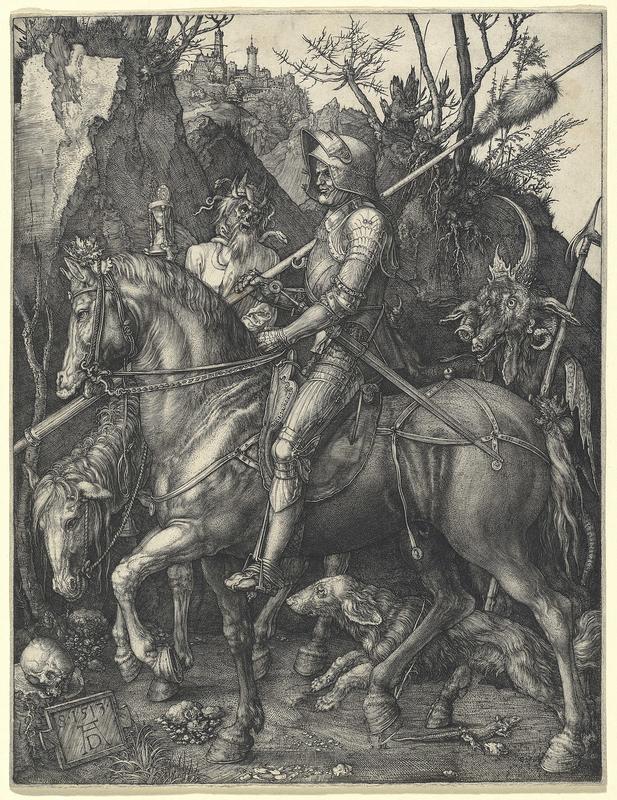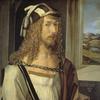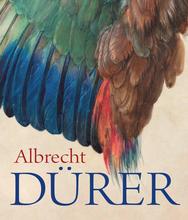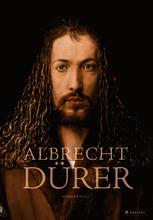More about Knight, Death, and the Devil
- All
- Info
- Shop

Contributor
Albrecht Dürer, the Northern Renaissance elitist snob, created one of the most recognizable engravings in the public domain, Knight, Death, and the Devil in 1513.
Albrecht Dürer, the first artist of Northern Europe to be acknowledged as a true Renaissance man, and widely known as the “Leonardo of the North” also believed art should be based on scientific observation. Like Leonardo, Dürer went to such great lengths to confirm many scientific observations that it ultimately led to his death--he was so fixated on observing the body of a whale that he traversed through a swamp to see it and caught a fatal fever. Curiosity kills the cat for a reason, Albrecht.
Dürer made it his mission to enlighten his fellow plebeian Northern Renaissance artists regarding the findings of the bougie, more sophisticated Southern Renaissance compatriots. In true elitist form, Dürer assumed the mantle of the artist as an enlightened gentleman, moving away from the notion of the artist as a simple crafts person. Instead, he believed an artist deserved to be on the same level as a prince. He was so in-demand during his career that he was known to decline job offers to become a court painter, dismissing such artists as “parasites.” Ouch. I don’t think court painters, such as Leonardo da Vinci, would appreciate that comparison.
Enough about Dürer’s elitist ideals. Knight, Death, and the Devil is one of Dürer’s most popular and widely known engravings. What is an engraving exactly? Unlike woodcut prints where a design is drawn on a smooth block of wood and then the remaining white area is cut away, an engraving does the opposite, instead using the woodcuts white area as the basis for the print. Dürer was the O.G. of engravings during the Renaissance and currently holds the title of Master Engraver.
This teeny tiny engraving (9.6 x 7.5in!) originally titled by the artist as "Der Reuther" (The Rider) stands as an example of the Christian Knight, who was the standing model of courage and moral strength. Mr. Knight Man does not fear death or the devil, instead using his faith as a shield as he looks steadfastly forward. This heroic figure is shrouded with symbolism. The horse, which is perfectly proportioned and modeled after Donatello’s Gattamelata, draws the viewer's eye down to the image of a skull, a symbol of death. The sleep-deprived looking dementor is King Death, and he holds an hourglass, further symbolizing that the Knight’s time is limited. However, running alongside the Knight and horse is a puppy dog, a symbol of loyalty, outpacing the goat-looking Devil on the right side. This Knight is not here for your shenanigans, Devil goat-man.
Proving that Dürer was just as sophisticated and learned as his Southern colleagues, this work is thought to embody the theological writings of Erasmus, a humanist thinker who melded the writings of Plato with Christian values in his celebrated 1504 work "Handbook for a Christian Knight," in which he lays out the spiritual discipline needed to live as a Christian in the world. As popular as the book, Albrecht Dürer’s grim fairytale fantasy engraving can be found in various museums around the world, as Dürer created multiple versions of this print along with two others not for public devotion, instead intended for multiple collectors and connoisseurs. Knight, Death, and the Devil can be found most notably at The Metropolitan Museum of Art in New York.
Sources
- "Albrecht Dürer | Knight, Death and the Devil (B. 98; M., Holl. 74; S.M.S. 69) (1513)." Artsy. Accessed June 21, 2018. https://www.artsy.net/artwork/albrecht-durer-knight-death-and-the-devil….
- "Knight, Death, and the Devil." Accessed June 19, 2018. https://www.metmuseum.org/toah/works-of-art/43.106.2/.
- Puchko, Kristy. "15 Spooky Facts About Albrecht Dürer's Knight, Death, and the Devil." Mental Floss. October 01, 2015. Accessed June 19, 2018. http://mentalfloss.com/article/68809/15-spooky-facts-about-albrecht-dur….
- Strickland, Carol, Ph.D., and John Boswell. The Annotated Mona Lisa: A Crash Course in Art History From Prehistoric to Post-Modern. 2nd ed. Kansas City, MO: Andrews McMeel Publishing, LLC, 2007.
- Wisse, Jacob. "Albrecht Dürer (1471–1528)." The Metropolitan Museum of Art, I.e. The Met Museum. October 2012. Accessed June 21, 2018. https://www.metmuseum.org/toah/hd/durr/hd_durr.htm.
Featured Content
Here is what Wikipedia says about Knight, Death and the Devil

Knight, Death and the Devil (German: Ritter, Tod und Teufel) is a large 1513 engraving by the German artist Albrecht Dürer, one of the three Meisterstiche (master prints) completed during a period when he almost ceased to work in paint or woodcuts to focus on engravings. The image is infused with complex iconography and symbolism, the precise meaning of which has been argued over for centuries.
A stolid armoured knight on a proud horse, accompanied by his faithful dog, rides through a wild narrow gorge flanked by a goat-headed devil and the figure of death riding a pale horse. Death's rotting corpse holds an hourglass, a reminder of the shortness of life. The rider moves through the scene looking away from the creatures lurking around him, and appears almost contemptuous of the threats, and is thus often seen as symbol of courage; the knight's armour, the horse which towers in size over the beasts, and the oak leaves are symbolic of the resilience of faith, while the knight's plight may represent Christians' earthly journey towards the Kingdom of Heaven symbolized by the city on the hill.
It was widely copied and had a large influence on later German writers. Philosopher Friedrich Nietzsche referenced the work in his work on dramatic theory The Birth of Tragedy (1872) to exemplify pessimism, while it was later idealised in the 20th century by the Nazis.
Check out the full Wikipedia article about Knight, Death and the Devil
















